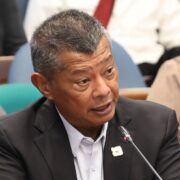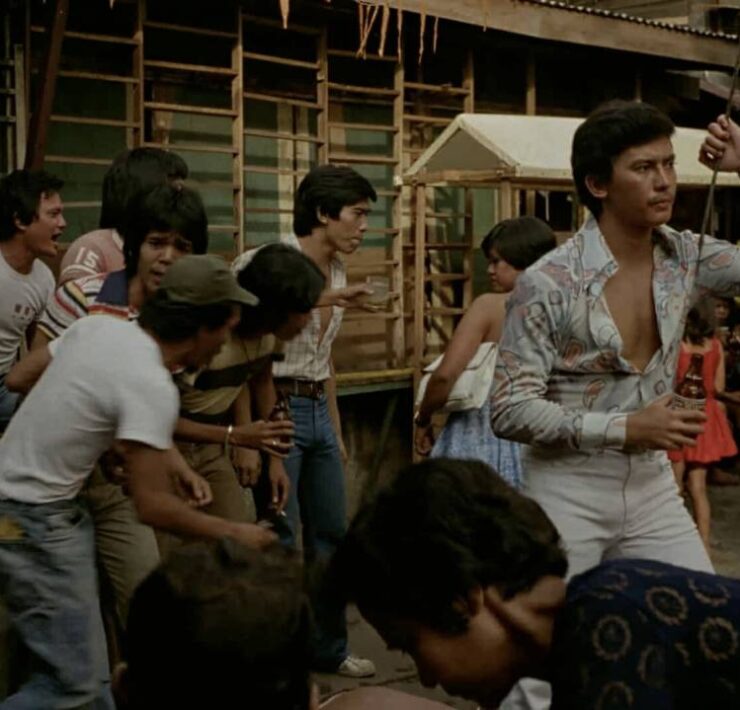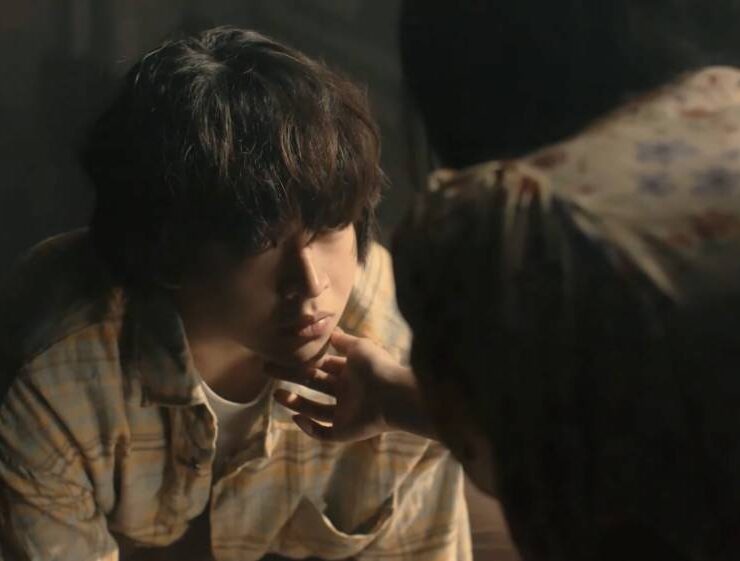‘Raging’ breaks the silence on male abuse
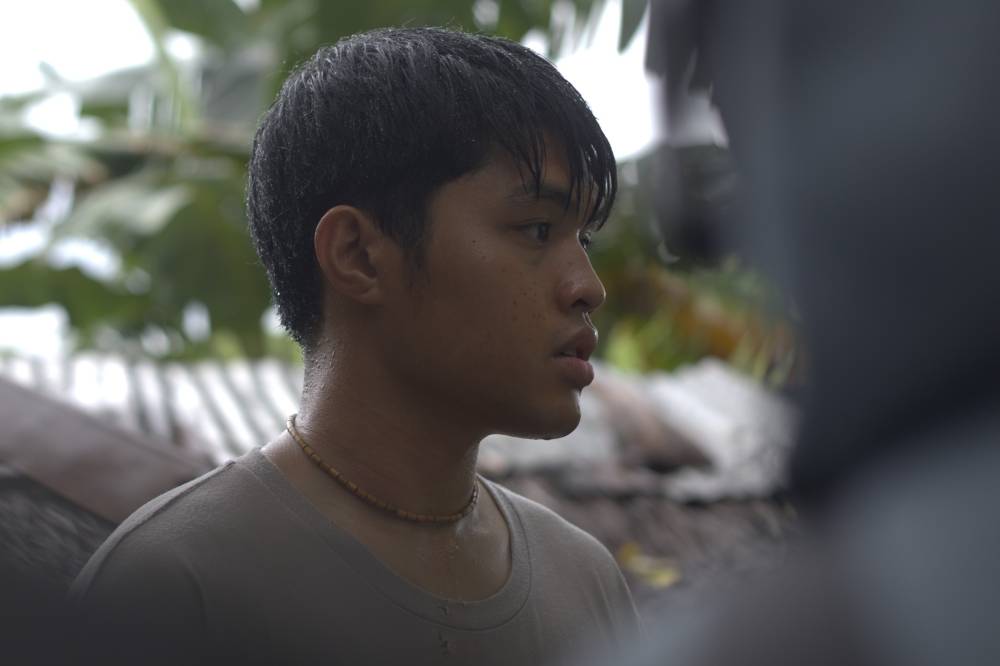
Raging are the waters that flow through the island’s rivers. Raging, too, is the boy wounded in this wounded landscape.
In Ryan Machado’s “Raging,” one of the full-length entries to the ongoing Cinemalaya Film Festival, the “abuse of spaces” takes on physical, emotional, and environmental forms—its scope expanding from personal trauma to large-scale damage caused by mining in Sibuyan Island in Romblon.
Set in the mid-1990s, the story follows Eli (Elijah Canlas), a teenager grappling with the pain, confusion, and betrayal of a sexual assault dismissed by local authorities as a mere prank among young boys. Feeling helpless and left behind when his father leaves to work at a covert mining site, he begins to withdraw from the world.
Although he tries to restore a sense of normalcy in his life, the shadow of his abuser—one of his own peers—continues to loom. His only refuge is a cassette player that drowns out the outside noise. But when he loses it—and after witnessing a mysterious plane crash that vanishes without a trace—something in Eli ignites, compelling him to break his silence and begin reclaiming himself.
“The plot is based on a rape case in Romblon—but not in Sibuyan—involving a young homosexual man violated by his peers. He reported it to his family and then the [barangay] captain, only to be told that the incident wasn’t true and that it was all just games,” Machado tells Lifestyle Inquirer. “The case didn’t go anywhere because everyone doubted him.”
Still stigmatized and underreported
In Eli’s pursuit of truth and justice, the film inevitably confronts an issue still widely considered taboo—the rape of males.
Despite growing awareness of sexual violence, male rape remains a stigmatized and underreported issue worldwide. This is mostly due to cultural norms and rigid definitions of masculinity, which suggest that men can’t be victims.
“There’s still a stigma. Very few men come forward to speak about their experiences because of fear and the normalization of the belief that men should be able to protect themselves. Within the marginalized [LGBTQIA+] community, many also face this issue, but their stories often go unheard,” Machado says.
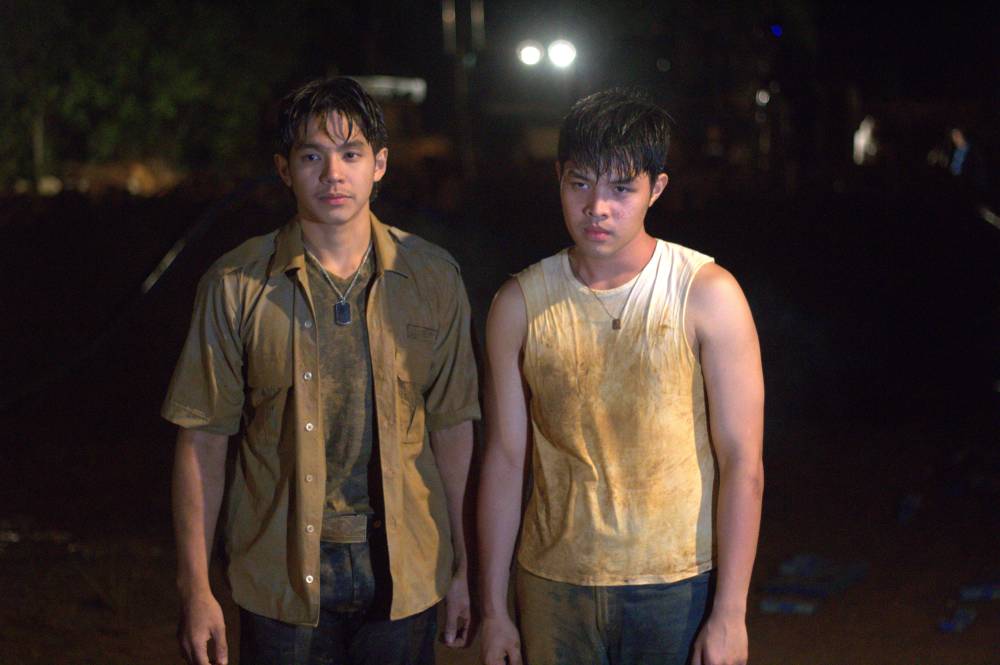
Canlas echoes Machado’s sentiments, saying that playing Eli, in a way, validates the experiences of people he knows who have endured similar ordeals. “It’s a rarely discussed subject. Some will say, ‘Ginusto mo naman ‘yan, eh.’ ‘Bakit ‘di ka lumaban, eh lalaki ka?’” the actor tells Lifestyle Inquirer. “I know people who have gone through this, especially at a young age or during adolescence. And I’m sure there are many more who remain silent about it.”
“I hope that people who watch the film realize that whatever they’re going through, ‘di sila nag-iisa,” the 25-year-old actor adds. “We can continue fighting for our personal truth.”
The abuser (played by Ron Angeles), meanwhile, is the “embodiment of toxic masculinity,” weaponizing gaslighting—not only against Eli, but also against his own conscience. This behavior, Machado points out, could very well be a product of a mindset passed down through the community.
“We put in a subtle reference that his actions weren’t really random, but part of a community or society’s culture,” says the director-writer, who also teaches Philippine arts, culture, and film at the University of the Philippines Manila.
Filling in the subtext
The film approaches the subject with sensitivity, maintaining a respectful distance under the premise that the extent of Eli’s trauma isn’t completely known. It doesn’t readily seek to label or define the character’s SOGIE (sexual orientation or gender identity) because that’s not the focus. “Anyone can experience abuse,” Machado says.
As such, Canlas’ role—and biggest challenge—lies in filling in the subtext that the screenplay doesn’t explicitly state.
“There are quiet, simple slice-of-life scenes. But there’s always a reason they’re there,” he says. “It’s about justice and truth. And I have to make sense of it all through silence. That’s a challenge not every actor gets, but I was more than willing and committed to take it on.”
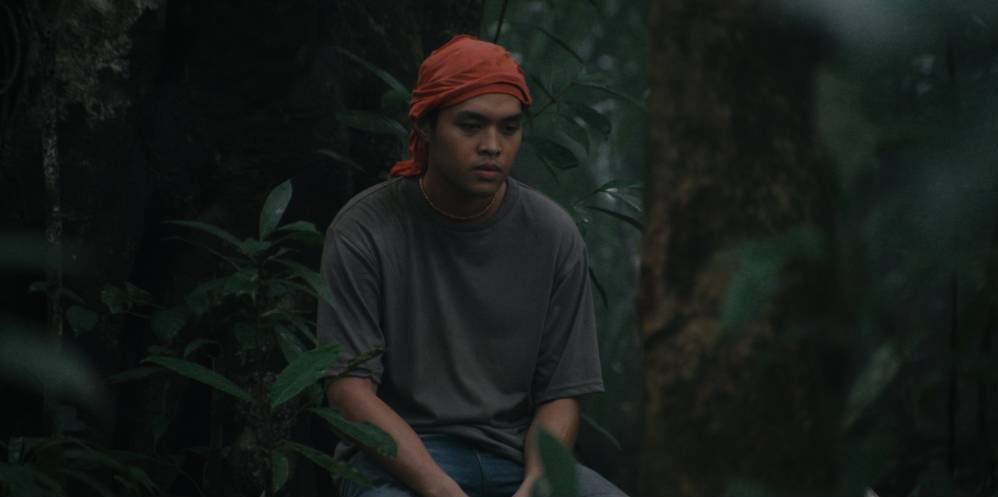
All this takes place against the backdrop of alleged illegal mining—a longstanding issue in Sibuyan Island, known for its rich biodiversity—that threatens its ecology and sparks tensions between local communities and mining companies. While a cease-and-desist has reportedly paused mining operations, there’s always that worry, Machado admits, that it could resume any time soon.
And here lies the interconnectedness of the story’s themes, Machado says, with environmental degradation drawing parallels to Eli’s personal trauma. “They amplify each other,” stresses Machado, whose first feature movie—a 2023 Cinemalaya entry—is also set in his home province of Romblon.
“As a Romblomanon, it only makes sense to be affected by this issue. And it’s a persistent one. There’s always that threat or danger that it might resume and destroy nature and people’s livelihoods,” he laments. “Aside from emotional and physical abuse, there’s also abuse of physical spaces.”
Promoting Romblomanon identity
While on location, the forces of nature—as if aware of the film’s advocacy—raged on, with fierce storms, strong winds, and torrential downpours disrupting shooting. On one especially challenging day, the crew managed to complete only two sequences.
Oddly enough, it was also in nature’s fierce display of force that beauty emerged. This was reinforced by the strong sense of belonging among the production team and local collaborators, making the shoot fun and fruitful.
“We were still very happy because we were one with nature. The sight of Mt. Guiting Guiting was an overwhelming force on the island that gave us energy,” Machado shares. “The people are so kind and pure and genuinely willing to help.”
At one point, exhausted and drenched from the relentless downpours, Canlas felt he was on the verge of falling ill. But much to his surprise, his body never gave in. “Parang magic ang isla,” he says. “No matter how hard the rain poured, I had this feeling the island was keeping us safe.”
The film wasn’t made to present or sell Romblon as a tourist destination, though the province has plenty to offer in that regard. What Machado wants is simple representation—an opportunity to showcase Romblon’s culture and language, like the Ini, which is predominantly spoken in the movie and had to be learned by the actors.
In doing so, Machado also hopes to foster the culture of filmmaking in the province—something he had already initiated with the launch of the Talabukon Film Festival last April.
“It’s natural for me to tell stories about my community, in my community. Wala pang masyadong representation ang Romblon,” he says. “So I want to show who we are as Filipinos who contribute to nation-building.”




